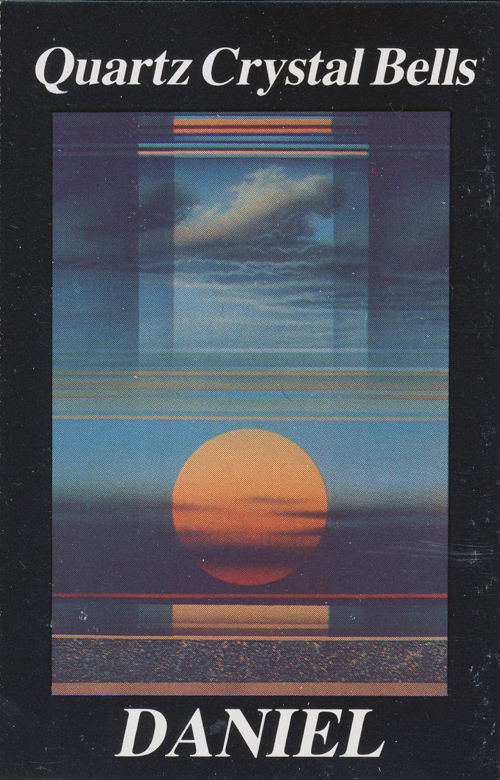
This is a decent quality tape rip with some room tone, but if you like it I’d highly recommend buying a re-mastered version directly from Daniel, which is divided up into five tracks rather than two sides.

This is a decent quality tape rip with some room tone, but if you like it I’d highly recommend buying a re-mastered version directly from Daniel, which is divided up into five tracks rather than two sides.
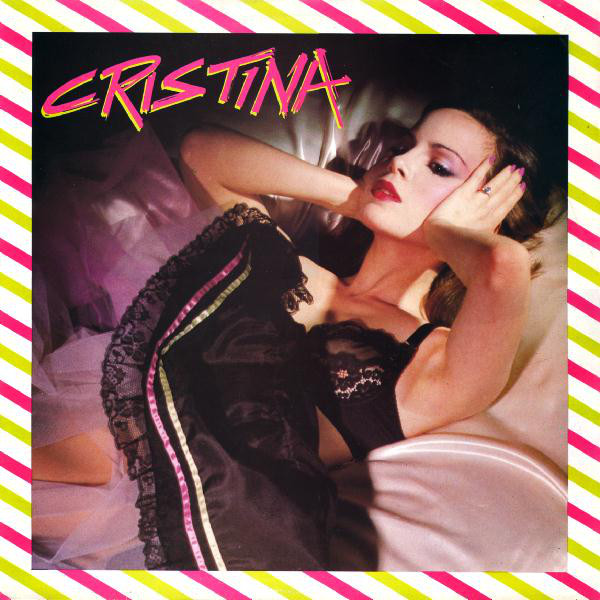
Cristina (later reissued as Doll in the Box) was the first of her two full-lengths. Short and sweet, it was produced by August Darnell of Kid Creole & The Coconuts, and you can hear his signature brassy tropical camp all over it. The heavily textured Latin-jazz percussion brings to mind some of New York no wave’s more polished, dancefloor-ready groups, except it’s fronted by a snarky, jaded Betty Boop. Cristina’s vocals are simultaneously flippant and flirty, often splintering off into multiple personas in dialogue with each other. She leans into that heavy-handed sardonicism even more on her follow-up, Sleep It Off, a grittier piece of electro boasting a proto-Slave to the Rhythm Jean-Paul Goude cover. While Cristina was met with moderate acclaim, Sleep It Off was a commercial flop (so dumb! it’s really good!), leading to Cristina’s musical retirement (though she’s still a writer). Thank you Caroline for putting me onto this!

(download removed as reissue is forthcoming)
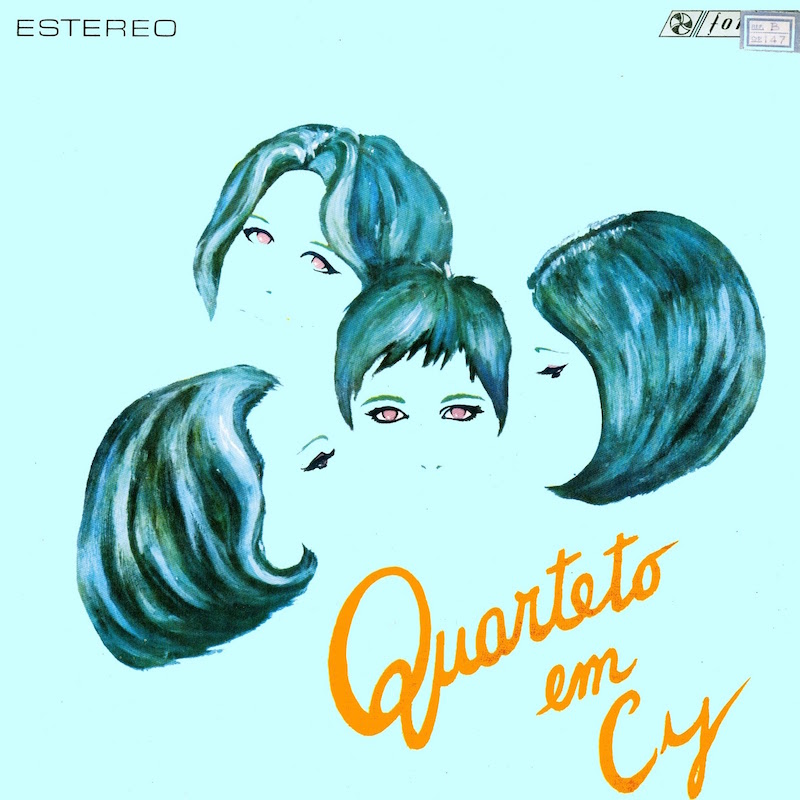
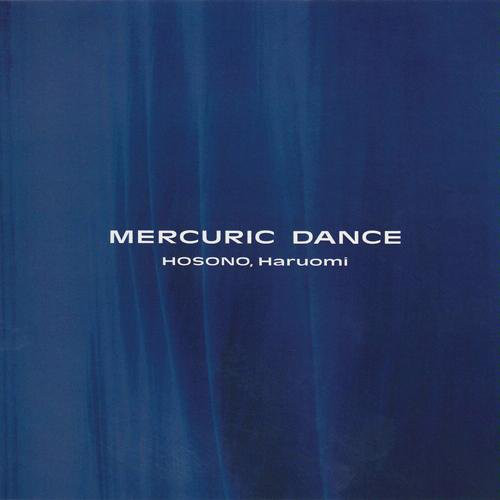
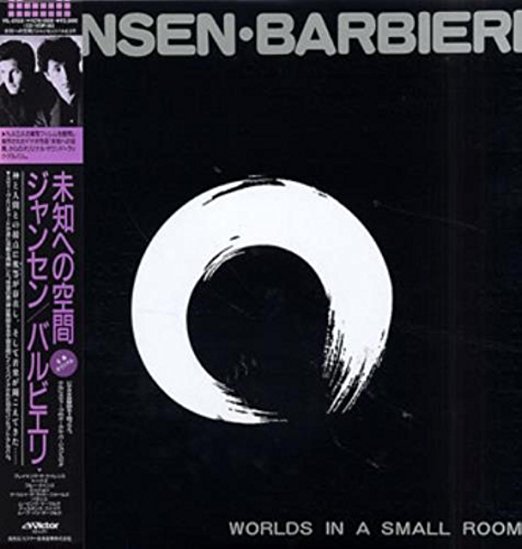

Guest post by Ian Hinton-Smith
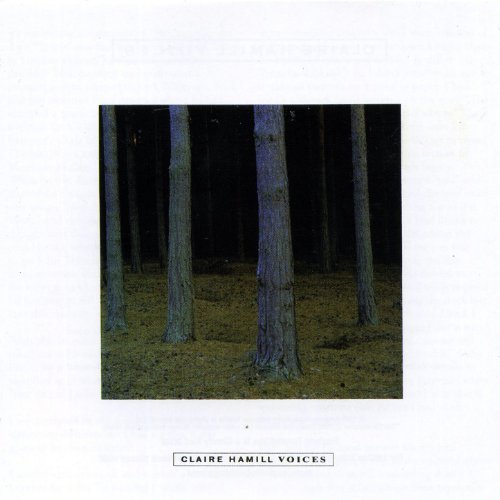


“Sangam” means “meeting place” in Sanskrit. Don obviously knew exactly what he wanted to do, and Latif immediately understood, his fingers fizzing across the tablas at frightening speed, his perfect pitch making him the obvious person to tune the disparate instruments in Don’s armoury to those in the studio, which included a grand piano, a B3 Hammond organ and chromatic timpani.
It was Don who suggested that Latif overdub new tabla parts to enrich and add complexity to the first takes. We could reasonably have expected to spend the night doing this because this was the first time the percussionist had done this. It took him all of five minutes to get used to listening to the first tracks over the headphones before playing them without the slightest mistake. When we got to the timpani, which he was playing for the first time, his keen sense of pitch and tone once again did miracles. During one take, just for the fun of it Latif started to play a fairly slow, disconnected duple time, moving on to three and then four… all the way up to 19 by which time his fingers were whizzing invisibly across the skins, leaving us in awe and him looking as if he didn’t know what the fuss was all about. All this just made Don even keener to impress his musical companion for a day… and so he did, with great ease and a complicity created by their shared love of music.
Of course, the subtleties of this album call for greater analysis, for example the meeting between the Malian doussou n’gouni and Indian tablas, the Hammond organ taking over from the tampura, 5 1/4 time as if it were the easiest thing in the world, the reinvented Indonesian gamelan… and the lyricism of the (pocket!) cornet.